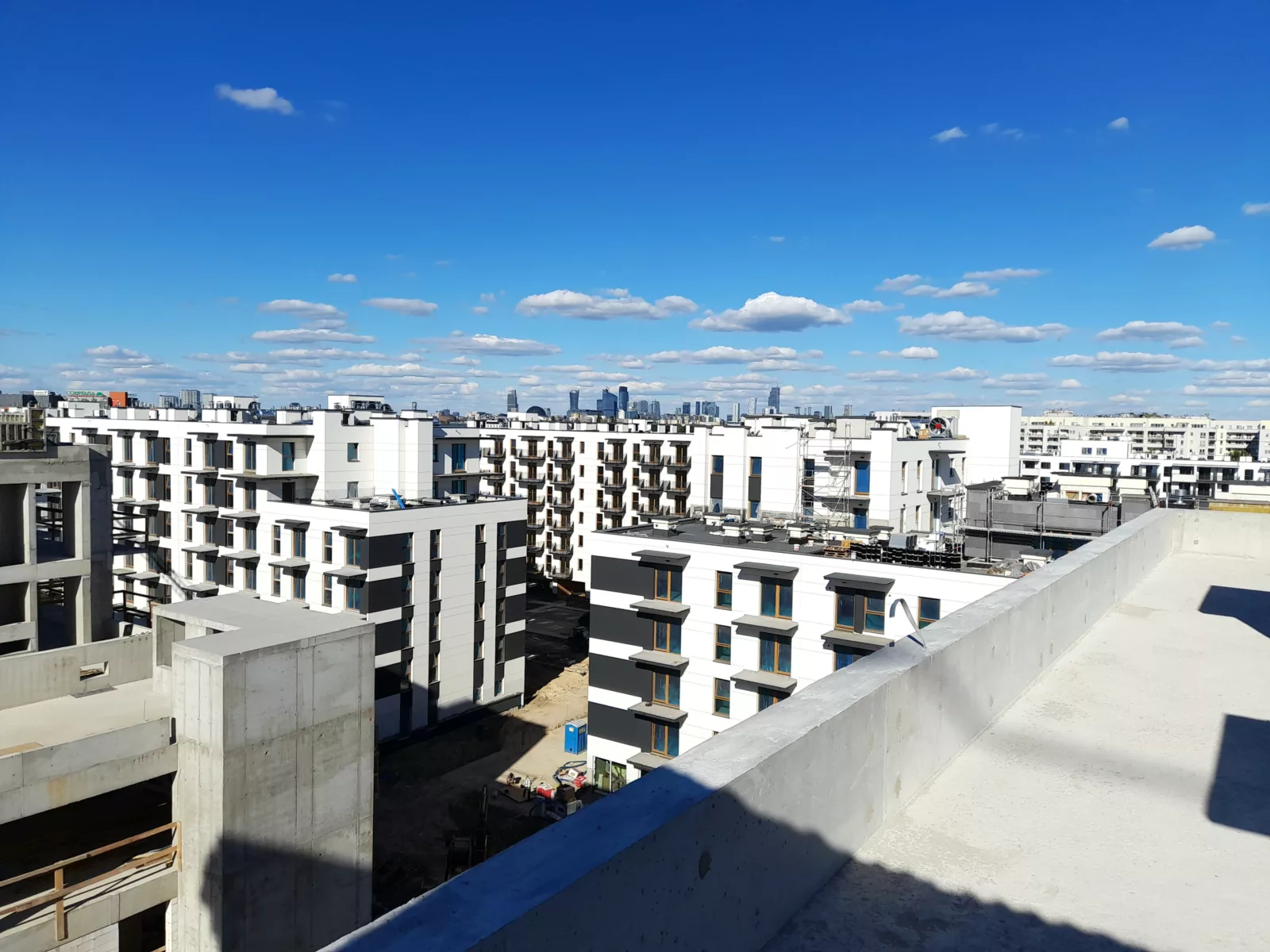Polish developers enjoyed a boom last August thanks to the government’s “Safe Credit 2%” program. However, sales offices across the country have seen a significant slowdown this year. Kraków appears to be the exception, with a surge in new apartment sales over the summer months. Developers in the city have responded by increasing supply, but according to RynekPierwotny.pl’s BIG DATA report, this hasn’t prevented price increases.
In some of the largest cities, potential buyers of new apartments did not head off on summer vacations in August, and developers did not slow down the supply. According to BIG DATA RynekPierwotny.pl, more contracts were signed in Kraków (+6%), Wrocław (+23%), the Tri-City (+37%), and Poznań (+27%) than in July. Meanwhile, sales dropped in Łódź (-4%), Warsaw (-8%), and in the cities of the Upper Silesian-Zagłębie Metropolis (-49%). It is likely that the entire third quarter will be considerably worse in terms of sales than the previous two quarters.
“It seems that some potential buyers see no reason to rush. Among them are those who either have cash on hand or sufficient creditworthiness. Others, who cannot afford a mortgage at the moment due to high interest rates, are waiting for more favorable credit conditions. Many in this group are still hoping for a new support program called ‘Housing Loan #naStart’. However, the government has yet to make a final decision on this matter,” explains Marek Wielgo, an expert at RynekPierwotny.pl.
Interestingly, Kraków is the only city where demand for new apartments noticeably increased during the summer months. But what about supply? While August saw a significant rebound in supply in the Tri-City (+162% compared to July), Poznań (+82%), and Warsaw (+21%), developers in other cities introduced far fewer apartments to the market compared to the previous month. It also appears that in almost all metropolises, new supply in the third quarter will be much lower than in the months preceding the summer. Again, Kraków is the exception, with developers working hard. Although August was slightly weaker, they delivered significantly more apartments to the market in the last two months than in the first and second quarters.
In contrast, Łódź and the Upper Silesian-Zagłębie Metropolis saw declining sales of new apartments in recent months, likely due to buyers relying more on mortgages. The slight drop in mortgage applications in August could be concerning. The Credit Information Bureau (BIK) reported that around 26,400 applicants approached banks, 14% fewer than the previous month. This could, however, be attributed to the holiday season.
Another worrying trend is that in the Tri-City, Łódź, Poznań, and the Upper Silesian-Zagłębie Metropolis, developers introduced fewer apartments in August than they sold. Despite this, buyers in all metropolises still enjoy a relatively comfortable position in terms of available offers. In August, supply increased in most cities. Compared to the end of last year, the growth in supply remains impressive, particularly in Wrocław (+71%), Kraków (+44%), and Poznań (+43%). The growing competition has also led developers to offer various bonuses, including discounts of a few percentage points.
Unfortunately, this hasn’t stopped the rise in the average price per square meter of apartments offered by developers. In Warsaw, Kraków, Wrocław, and Poznań, August saw a 1% increase in the average price.
It’s worth noting that Poznań broke a three-month streak without price increases, while Kraków had a two-month break. Last month, Kraków even saw the first decline in the average price per square meter in 2.5 years. In the Tri-City, Łódź, and the Katowice Agglomeration, prices remained stable compared to July. It’s also notable that in Silesia and the Zagłębie region, price stabilization has been ongoing since the end of last year.
August did not bring any changes in the race for this year’s price hike leader. Łódź and Wrocław continue to lead, with the average price per square meter rising by 10% since the beginning of the year. Poznań overtook Warsaw for second place, with increases of 8% and 6%, respectively. In Kraków, the average increased by 5%, in the Tri-City by 4%, and in the Upper Silesian-Zagłębie Metropolis by “only” 3%.
The problem is that prices for new apartments are rising due to factors often beyond the control of developers, such as land prices suitable for residential construction and rising construction costs. According to the latest data from the Central Statistical Office (GUS), construction costs for buildings were 5.4% higher than a year earlier, and 2.6% higher than in December last year. While this is lower compared to last year, there is a high probability that construction costs will accelerate in the coming months, particularly with an expected surge of EU-funded projects, including under the National Recovery Plan. This may also lead to rising prices for many building materials.
The rising construction and land costs primarily affect young people looking for apartments in the so-called basic segment. Assuming this segment includes the cheapest quarter of available apartments, the average price per square meter in Warsaw has risen by 17% in the first eight months of this year. In comparison, the average price for all apartments offered by Warsaw developers increased by 6% over the same period.
Those buying a 50-square-meter apartment in Warsaw at an average price of around 13,000 PLN per square meter will pay over 93,000 PLN more than they would have at the beginning of the year when a “cheap apartment” in the capital cost around 11,000 PLN per square meter.
Every month, apartments priced below 10,000 PLN per square meter are rapidly disappearing from developers’ offerings. In Kraków, they are no longer available, and finding one in Warsaw is nearly impossible. In Łódź, eight months ago, more than half of new apartments cost less than 10,000 PLN per square meter. Currently, they make up just 27% of developers’ offers.
Source: [CEO](https://ceo.com.pl/rynek-mieszkaniowy-w-sierpniu-ozywienie-w-krakowie-spadki-sprzedazy-w-innych-miastach-i-rosnace-ceny-mimo-wiekszej-podazy-21374)
